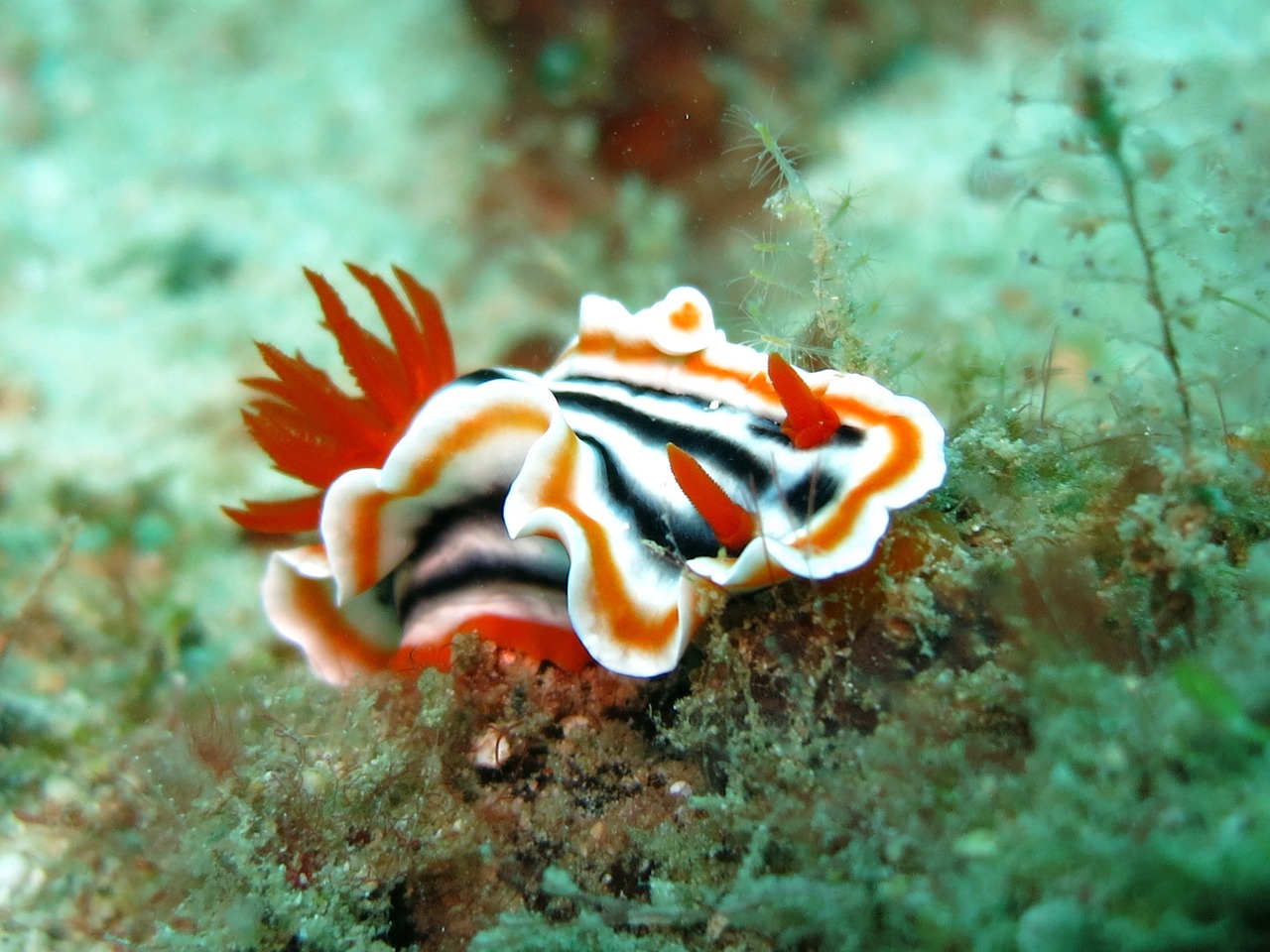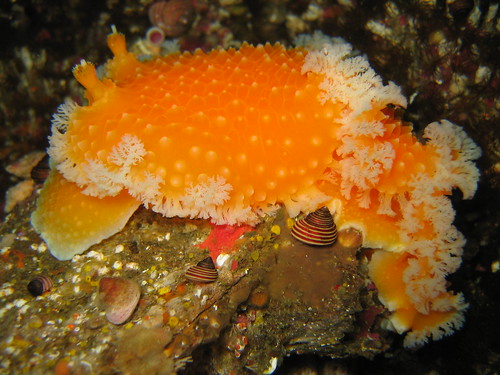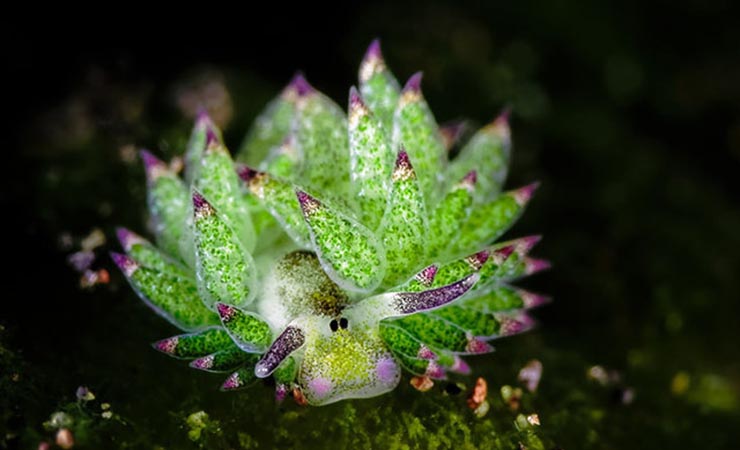Herbal Medicine
in Medieval Times:
Whoa, whoa, whoa
– It’s Magic!
By Marie Powell
In
the past few years, I’ve been writing a medieval fantasy novel
series for young adults. Last of the
Gifted: Spirit Sight is about as far
from science as it can get: the Welsh brother-and-sister team that
are my protagonists solve their problems with magic.
But
during the writing, I had questions about how their medieval world
worked. It’s not surprising that I was a little preoccupied with
medicine and healing, especially during this time of pandemic and
social isolation. I turned to alternative medicine and biology
resources to find out what people might have used to treat
infections, everyday ailments, and even wounds in medieval times.
Note
that I said alternative resources.
The websites I looked at all point out that we must consult a doctor
before using any of these plants or herbs today, and special
precautions must be taken before using anything that has medicinal
properties.
That
said, it’s fascinating to read about what medieval people thought
about biology and medicine. We think of herbs for cooking today, but
for the medieval Welsh, plants in the fields and and gardens were
more often used as a source of medicine, rather than cooking
(Freeman, 1996).

For example, the
common flower Marigold or Calendula
might be found in gardens today for beauty or to attract helpful
insects and birds (Russo, n.d.). It blooms in the morning, and it
certainly adds colour to any garden. Medieval herbalists also thought
it could help with a variety of ailments, from menstrual cramps to
inflammation (Russo, n.d.). In the 12th
and 13th
Centuries, people mixed marigold with other herbs like St. John’s
Wort and aloe to treat wounds. (Quave, 2018)

That
was interesting for me, since my story takes place during a major war
between Wales and England, and there are lots of injuries to treat.
Other plants were thought to be useful as well. Comfrey was used to
help heal broken bones (Hedgerow Medicine, n.d.). Moss was used to
dress wounds at least since 1014, and Agrimony
or Agrimonia
eupatoria was
thought to help stop bleeding (Hedgerow Medicine, n.d.) (Woodbury,
2012).
Of
course, I looked at Welsh texts in translation, like the “Medical
Book of the Physicians of Myddvai.” This source lists 32 days in
the year that were considered dangerous to your health (I leave you
to look them up from the links below and see if you agree). It also
suggests various remedies, including: “The mugwort, madder, meadow
sweet, milfoil, hemp, red cabbage, and the tutsan, all these seven
herbs enter into the composition of the medicine required. Whosoever
obtains them all, will not languish long from a wounded lung, or need
fear for his life” (ab Ithel, 1861). Writers often say that
research is like going down a rabbit hole, and that website was one
rabbit hole that kept me occupied for several days.

North Wales is
mountainous, and I began to wonder if my characters experienced
altitude sickness or what they used as a cure. One source suggested
Rhodiola
Rosea (Plants for a Future,
n.d.), which is found in the UK. Apparently it tastes a bit like
spinach so it may have provided nutrients to supplement their diet,
too. But don’t try this at home: medical studies and climbers
recommend acclimatization, rest, hydration, high-calorie foods, and
avoiding depressants instead (Curtis, 1998) (Usher, 2018).

What about that blue
dye that Celtic peoples are reported to have used to bolster their
courage in battle? That’s Woad
(wohd) or Isatis
tinctorial. The plant has a yellow
flower, but the blue dye comes from its blue-green leaves after
they've been dried, powdered, and brewed. Some sources say its roots
and leaves, when prepared properly, could also be used as an ointment
to fight infections and sores (Ellis, 2018), or to prevent “hardness
of the spleen” (Grieve, 1995-2020). Sounds uncomfortable!
I’m still looking
for great resources as I delve into the magic of Book 2 of my series,
Last
of the Gifted: Water
Sight. Meanwhile, I’ve listed some
resources below for further reading. Know any good resources on
medieval magic and medicine? Please leave a comment and let’s
discuss it!
Disclaimer:
The content of this article is purely research. The author is not a
medical professional or herbalist. Please consult a physician or
medical professional for advice before using any herbs or alternative
medicines.
Marie Powell’s
castle-hopping adventures in North Wales have led to the publication
of her new series, Last of the Gifted, including Spirit Sight
this summer and Water Sight
this fall with Wood Dragon Books (participation made possible through
Creative Saskatchewan’s Book Publishing Grant Program). Marie is
the author of 40 children’s books published by Scholastic
Education, Amicus, Learner/Lightning Bolt, and others. Find her at
https://mariepowell.ca
Photo
credits:
1 - Marigold or
Calendula (Alvesgaspar, 2008)
2 - Agrimony -
(Rosser1954, 2019)
3 - Rhodiola Rosea -
(Σ64, 2007)
4 - Woad flowers -
(Pethan, 2005)
Creative Commons license:
https://creativecommons.org/licenses/by-sa/4.0/deed.en
Bibliography: Further Reading List
Σ64. (2007, August 5). Rhodiola
rosea. Retrieved from Wikimedia.org:
https://commons.wikimedia.org/wiki/File:Rhodiola_rosea_01.jpg
ab Ithel, W. J. (1861). The
Medical Book of the Physicians of Myddvai.
Retrieved from Celtic Literature Collective: Welsh MSS Society:
http://www.maryjones.us/ctexts/meddigion_myddfai.html
Alvesgaspar. (2008, January). A
Field Marigold inflorescence (Calendula arvensis).
Retrieved from Wikimedia.org:
https://commons.wikimedia.org/wiki/File:Calendula_January_2008-1_filtered.jpg
Curtis, R. (1998). Outdoor
Action Guide to High Altitude: Acclimatization and Illnesses.
Retrieved from Princeton University: AEE Wilderness Safety Page:
http://www.princeton.edu/~oa/safety/altitude.html
Ellis, M. E. (2018, 05 12). Woad
Uses Beyond Dye: What Can Woad Be Used For In The Garden?
Retrieved from Gardening Know-How:
https://www.gardeningknowhow.com/ornamental/flowers/woad-plant/woad-uses-beyond-dye.htm
Freeman, B. (1996). First
Catch Your Peacock: Classic Guide to Welsh Food.
Retrieved from Wikipedia:
https://en.wikipedia.org/wiki/Welsh_cuisine#cite_note-FOOTNOTEFreeman199648-8
Grieve, M. (1995-2020). Woad.
Retrieved from Botanical.com:
https://www.botanical.com/botanical/mgmh/w/woad--28.html
Hedgerow Medicine. (n.d.). Hedgerow
Medicine. Retrieved from Hedgerow
Medicine: http://www.hedgerowmedicine.com/blog/list
O'Brien, L. (2018, January 21). Lora
O'Brien, Irish Author & Guid.
Retrieved from Celtic Woad - An Authentic Resource?:
https://loraobrien.ie/celtic-woad-an-authentic-resource/
Pethan. (2005, May). Isatis
tinctoria. Retrieved from Wikimedia:
https://commons.wikimedia.org/wiki/File:Isatis_tinctoria02.JPG
Plants for a Future. (n.d.). Rhodiola
rosea - L. Retrieved from Plants for a
Future: https://pfaf.org/user/Plant.aspx?LatinName=Rhodiola+rosea
Quave, C. (2018, Oct 25). Wound
healing with botanicals: A review and future perspectives .
Retrieved from NCBI Resources:
https://www.ncbi.nlm.nih.gov/pmc/articles/PMC6519724/
Rosser1954. (2019, May 13). The
Hemp Agrimony (Eupatorium cannabinum), growing in Lainshaw Woods,
Stewarton, East Ayrshire, Scotland.
Retrieved from Wikimedia.org:
https://commons.wikimedia.org/wiki/File:Hemp_Agrimony_(Eupatorium_cannabinum),_Lainshaw_Woods,_Stewarton,_East_Ayrshire.jpg
Russo, S. (n.d.). Calendula:
Healing From The Inside Out. Retrieved
from Emerald Pharms:
http://emeraldpharms.com/medicinal-plants/calendula-healing-from-the-inside-out
Science Direct. (n.d.). Calendula.
Retrieved from Science Direct:
https://www.sciencedirect.com/topics/pharmacology-toxicology-and-pharmaceutical-science/calendula
Usher, T. (2018, April 16). Vice.
Retrieved from Today I learned: The UK Is the World's Biggest
Importer of Legal Cocaine:
https://www.vice.com/en_uk/article/vbxqy9/today-i-learned-the-uk-is-the-worlds-biggest-importer-of-legal-cocaine
Whiteman, R. (1997). Brother
Cadfael's Herb Garden: An Illustrated Companion to Medieval Plants
and Their Uses. Bulfinch.
Woodbury, S. (2012, 08 19). Medicinal
Herbs in Wales. Retrieved from
SarahWoodbury.com:
https://www.sarahwoodbury.com/medicinal-herbs-in-wales/








